I've been using resource files in a .net razor page app after dumping our previous proxy server that used a custom regular expression language to replace strings as they passed through the proxy.
We dumped the proxy method as it was more suited to large strings (paragraphs) and pretty awkward for all the dynamic fragments and stuff we had.
Had no problem at all and it's faster so far than the proxy server. I store all the target pages, comments, names, en and all other available languages in a DB..trivial to add a new column for a new language.
We have about 5k entries in multiple resx files so far
I then use a builder process to create all the resx files and place them in the correct local and global folders any time something is updated.
Dead easy to build a simple interface for translators to search for pages, languages, comments, names etc and update. We choose not to auto rebuild the resx files on a change but you could if you trust your translators ;)
We also allow translators to add new fragments/text to translate but as yet we've not had any bright ideas on how to include them automatically and have to manually substitute the string in the source file and recompile.
For editing resx files I've used zeta,
https://www.zeta-resource-editor.com/index.html
Which can open all your languages in one go and highlights differences in placeholders and also missing translations. You can edit all the languages on one row and save all the files in one go. We don't use it now as everything is in the DB but recommend it.

